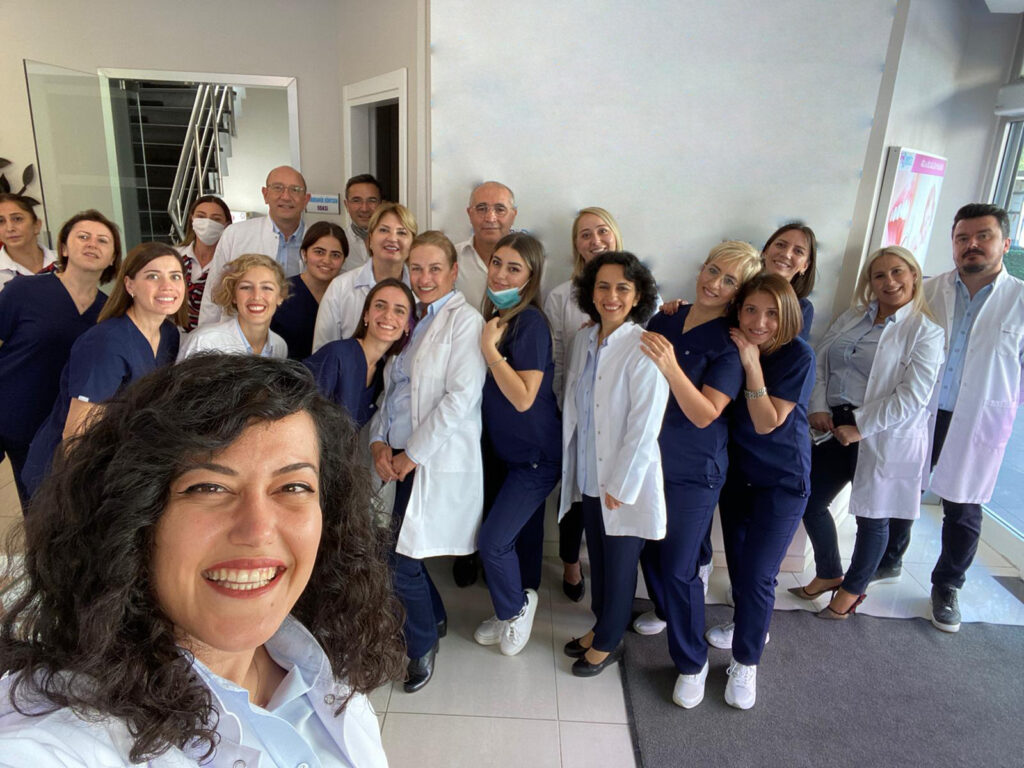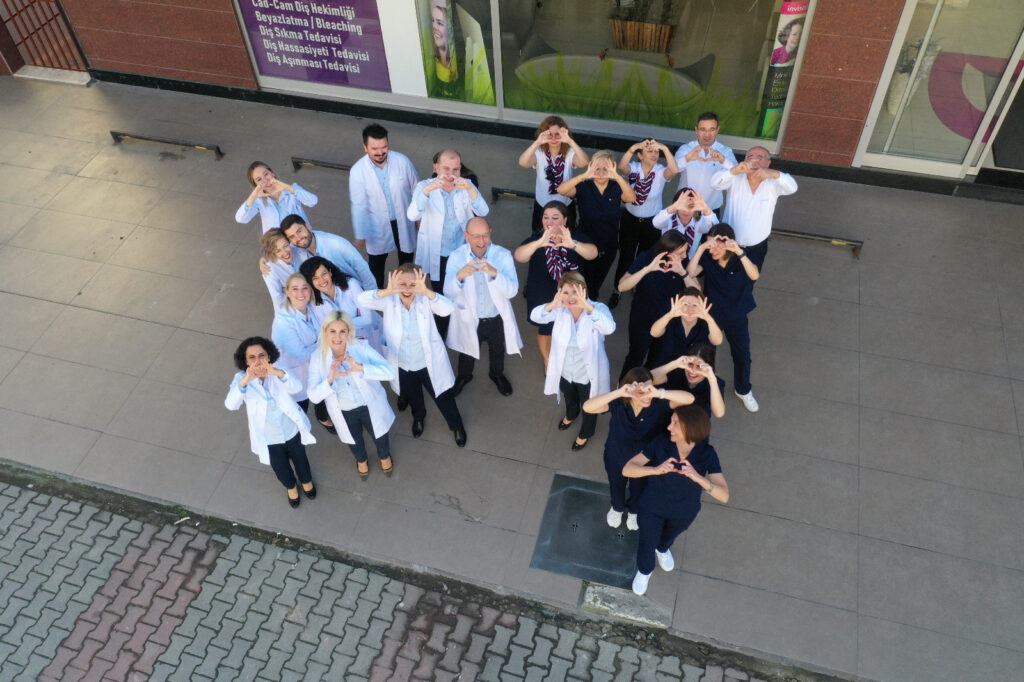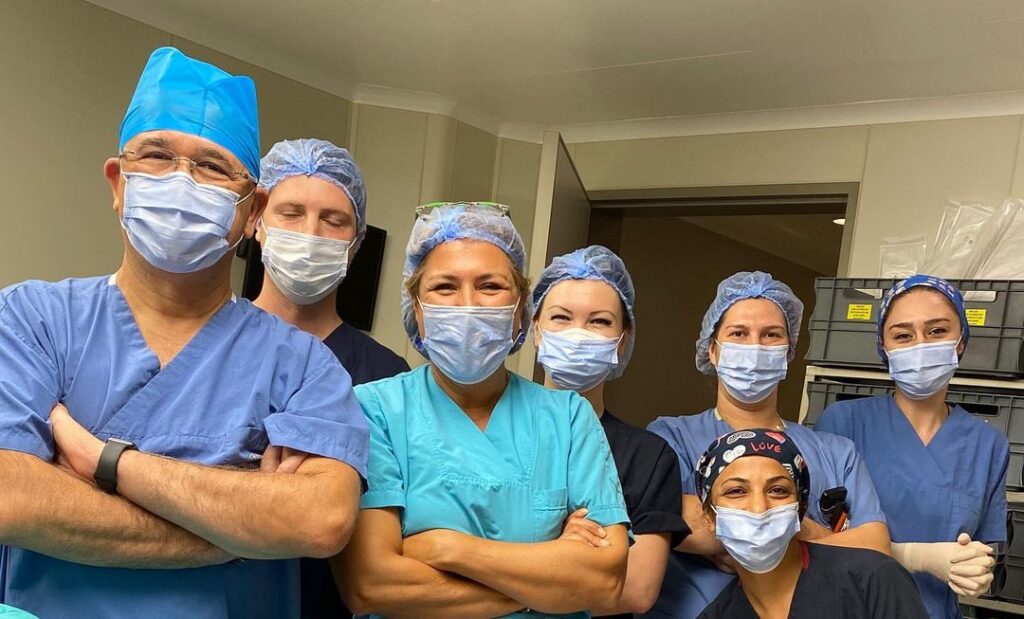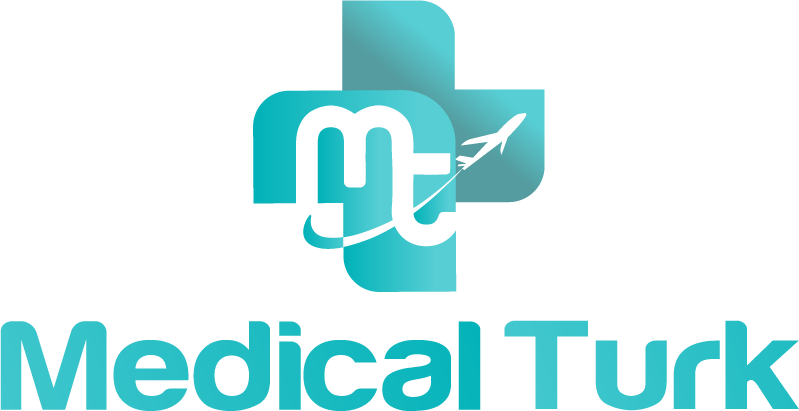About us

About medicalturkgroup
we are a medical group that brings together a number of doctors in the fields of (IVF – bariatric surgery – hair transplantation – dental – plastic surgery – general and micro surgeries), The group is interested in providing medical advice from specialized doctors to the patient to facilitate making the appropriate decision and having the best possible medical care.
Our Mission
Our mission is to increase the quality of healthcare services, based on high performing system defined by international norms. With cutting-edge technologies, we are able to introduce new practices and perform the best results to the world. Our perseverance in excellence created an environment of trust and comfort to our visitors by adhering to our ethical values to a human-focused approach.


Our Vision
We aim to reach your satisfaction by being the leading brand in Healthcare services in Turkey and worldwide.
Why Choose medicalturk
cases are evaluated by the best and most famous doctors in turkey
we are with you ( before you come, while you are here and even after you leave )
Answering all of their inquiries prior to treatment journey
We strive with all our energy to make your visit a unique and diverse experience
Providing personalized care to each patient tailored to their needs.
Ensuring maximum patient comfort and safety throughout their treatment journey
Find a clinic near you
Find Us On Map
Call for an appointment!
00905550966689
Feel free to message us
Send an Email
Contact us
- 00905550966689
- info@medicalturkgroup.com
